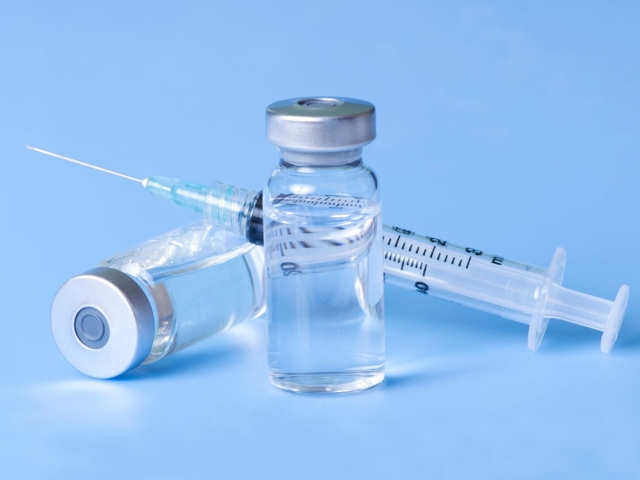
New Injection Process Could Be a Solution for Provoked Vestibulodynia

Background
Provoked Vestibulodynia (PVD) is pain to the touch at the vaginal opening. PVD is classified into two types:
- Primary PVD: Vestibular pain since the first attempt of any vaginal penetration,
- Secondary PVD: having a history of pain-free vaginal penetration or insertion of an object larger than 1cm in diameter before developing PVD.
Those with PVD often experience increased tightness in the pelvic floor muscles, there are different treatment modalities to address this issue, botulinum toxin injections to the vestibular area being one.
Study Objective
- To assess the effects of four different doses of the botulinum toxin “abobotulinumtoxinA (aboBoNT-A)” on PVD pain in a double-blind, randomized study.
- To test a new method for PVD pain assessment.
Methods
- 60 premenopausal adult women with PVD for 6 months-15 years were injected one of four aboBoNT-A dosages (100 units, 300, 400, or 500) or a placebo in the vestibular area.
- Four treatment cycles:
- Cycle 1 is randomized and double-blind.
- Cycles 2-4 were open-label and based on previous outcomes.
- Primary PVD patients received either 400 units, 500 units, or placebo in cycle 1. Secondary PVD participants received any of the dosages or placebo in cycle1.
- Data collected between 2018 and 2021:
- Treatment-emergent adverse events (TEAEs): events with a start date on or after the date of first injection), as well as clinically significant adverse events (AEs).
- Changes in dilator-induced pain from baseline to 6 and 12 weeks of cycle 1 using a predetermined dilator maximum tested size (DMTS) against a pain scale.
- The DMTS was determined by the largest dilator size an individual participant could manage. The composite DMTS for each participant was found by the sum of all dilator sizes they could manage. These would then be compared across injection cycles to determine if pain had improved in the specific participant.
Key Results
- Side effects were mostly mild or moderate.
- 100-unit group: one participant with 1 urinary incontinence event and one participant with 1 urinary incontinence event with strenuous activity.
- 400-unit group: one participant with vulvar disorder leading to discontinuation, one participant with 2 events of urinary incontinence.
- 500-unit group: one participant with 1 anal sphincter atonia event, one participant with 3 urinary incontinence events.
- Participants in the 300-unit group noted a larger reduction in pain scores compared with the other groups, dropping from a composite DMTS around 52, to a DMTS around 28 by week 12 in cycle 1.
- Participants who completed at least 3 cycles with aboBoNT-A saw at least a 30% decrease in dilator-induced pain scores between baseline and week 6.
- No difference in side effects or pain reduction between primary and secondary PVD participants.
Clinical Takeaways
The new dilator-induced pain scoring method appears to be a useful assessment for the efficacy of at least aboBoNT-A, if not more PVD treatments.
aboBoNT-A was tolerated well by participants. With no serious side effects, this may be a good option for treating patients with PVD. However, more research is needed to prove clinically meaningful benefits.
References:
- Goldstein, A., Rubin, R., Dahir, M., Goldstein, I., Faught, B. M., Bohm-Starke, N., Krapf, J., Caetano, P., Volteau, M., & Silva, R. (2025). Phase 2 randomized study of abobotulinumtoxina in patients with provoked vestibulodynia: Dose-finding results. The Journal of Sexual Medicine, 22(4), 588–596. https://doi.org/10.1093/jsxmed/qdaf022

